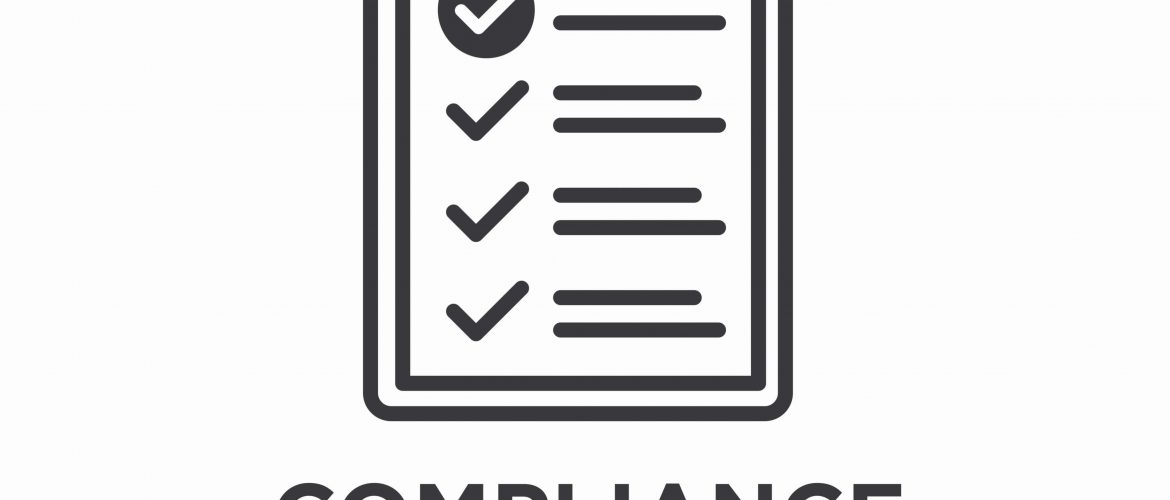OIG Report Admonishes New York to Improve Oversight of Selected Nursing Homes for Compliance with Federal Life Safety and Emergency Preparedness Requirements
The Office of Inspector General (OIG) recently released a report on its review of selected nursing homes in New York to determine whether they complied with revised Centers for Medicare & Medicaid Services (CMS) requirements for life safety and emergency preparedness.
The review involved a non-statistical sample of 20 nursing homes taken from the 621 total nursing homes in New York participating in Medicare or Medicaid. From January through April 2018, unannounced site visits were made to the nursing homes based on certain risk factors, including high-risk deficiencies that had been reported to CMS by New York. Inspectors also checked for life safety violations and reviewed the nursing homes’ emergency preparedness plans.
The investigations identified deficiencies in areas related to life safety and emergency preparedness at all 20 of the nursing homes—205 areas of noncompliance with life safety requirements related to building exits and fire barriers, fire detection and suppression systems, carbon monoxide detectors, hazardous storage, smoking policies, fire drills, and elevator and electrical equipment testing and maintenance; and 219 areas of noncompliance with emergency preparedness requirements related to written emergency plans; emergency supplies and power; plans for evacuation, sheltering in place, and tracking residents and staff; emergency communications; and emergency plan training.
The identified areas of noncompliance occurred because of several contributing factors: specifically, inadequate management oversight and staff turnover at the nursing homes.
The OIG made a series of recommendations to New York State to improve its oversight of the nursing homes’ compliance with Federal requirements for life safety and emergency preparedness, and officials in New York generally agreed with the recommendations and have described the steps it has taken or the plans to be taken to address them.
Compliance Perspective
Failure by a nursing home’s management to ensure compliance with CMS requirements for life safety and emergency preparedness and to provide ongoing education and training for new and existing staff may result in residents being put at risk for “immediate jeopardy” and “harm,” and may be considered provision of sub-standard quality of care, in violation of state and federal regulations.
Discussion Points:
- Review policies and procedures to ensure that the facility has created and implemented the life safety and emergency preparedness plans required by the CMS.
- Train staff about the facility’s life safety and emergency preparedness plans on an ongoing basis and make sure that new employees receive this training as part of their new hire orientation.
- Periodically audit by scheduling mock life safety and emergency situation drills to ensure that staff are knowledgeable and follow plan protocols effectively.












































































